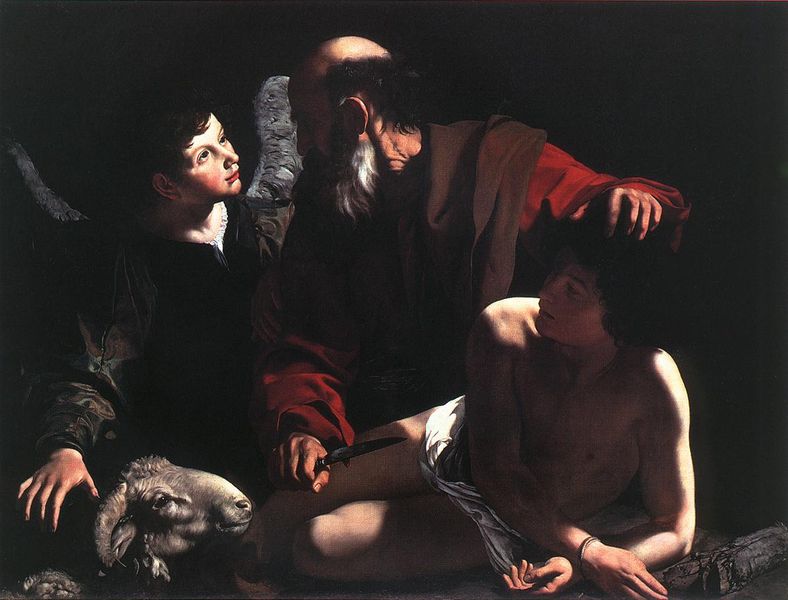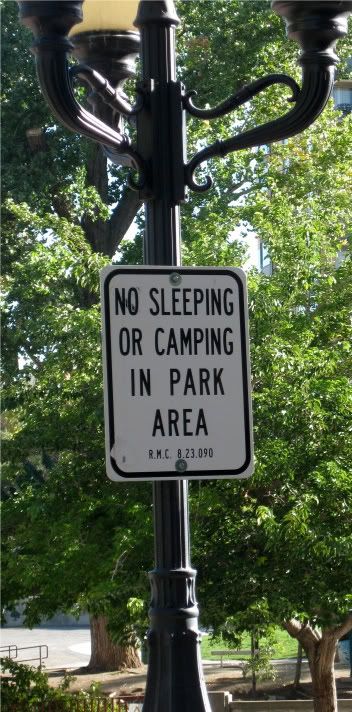Both John Taylor and Howling Wolf attended the peace treaty signing at Medicine Creek Lodge in 1867 and created drawings depicting the event. The drawings that they both created, however, contrast greatly. For instance Taylor's depiction would definitely be considered a representational work of art, whereas Howling Wolf's is more of an abstract view.
Drawn in pencil, Taylor's drawing shows no color, but uses light and shading to create a foreground and a background in his drawing to let the viewer distinguish space. In his drawing, the viewer can see the men who are representatives of the United States government gathered around with a group of Native Americans. It is impossible however to distinguish one tribe from another. It is in this observation that Taylor's drawing appears to be ethnocentric, maybe showing that he didn't feel that the tribes had their own separate identities.
Howling Wolf's drawing, on the other hand, uses color to depict each individual tribe. He shows them camped amongst trees along the river bank, and a grove of trees where they would meet with the men from the United States Government.
Also in Howling Wolf's drawing is shown women in their formal dress. When looking at Taylor's drawing, no woman can be distinguished. This difference shows the contrast in each artist's culture. Howling Wolf drew the women at the treaty signing because they were important figures in their culture. However, in Taylor's time, women had no place in politics.
When looking at the two drawings at first, they appear to be telling the same story. After analyzing and looking deeper into the meanings of their symbols it could be said that they are reporting the same event but telling different stories based upon how the artist's culture allowed them perceive it.














